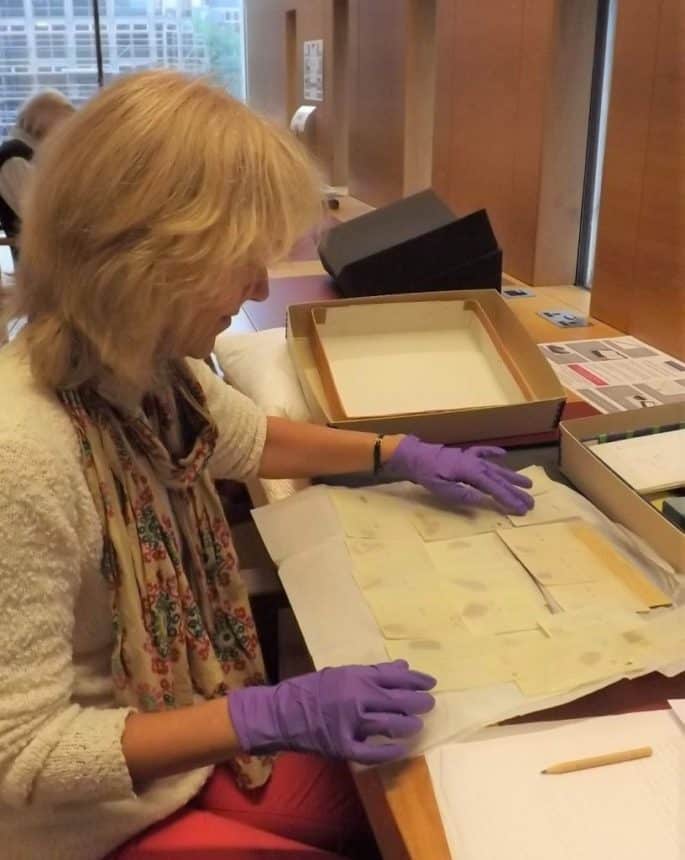The Dead Sea Scrolls, a set of ancient religious manuscripts dating back to the third century BCE, were discovered in caves in the West Bank in the 1940s. While hundreds of fragments of these mysterious old texts have been uncovered, there’s still much we don’t know about their shrouded origins.
A tiny piece of the puzzle just became clearer, though, thanks to a chance discovery in the UK. Scientists have realized that a set of blank fragments housed for over 20 years at the University of Manchester are not unmarked after all – and actually contain ancient inscriptions hidden to the eye, but viewable with the aid of multispectral imaging.
Since the scrolls’ discovery in the Qumran caves of the West Bank in 1946, scholars have pored over the texts, which include versions of the Hebrew Bible, calendars, astronomical observations and community rules.
In the 1950s, the Jordanian government gifted some of the fragments to Ronald Reed, a leather and parchment expert at the University of Leeds in England, so he could examine their physical and chemical composition. At the time, it was thought that these fragments were blank and could be used for scientific tests. After Reed and his student, John Poole, studied the fragments, they stored them safely away.
This collection was then donated to The University of Manchester in 1997, but received little attention, until now, when Taylor spied the Hebrew letter. To see if any of the other fragments had text, she photographed all the pieces in the collection that were over 0.4 inches (1 centimeter) long — 51 in total — that appeared blank to the naked eye.
Taylor didn’t use regular photography. Instead, she relied on multispectral imaging, a technique that uses various wavelengths, such as infrared, on the electromagnetic spectrum to capture images of hard-to-see figures, such as the carbon-based ink on the scrolls. In the end, she and her colleagues found that some fragments had ruled lines or vestiges of letters, but only four fragments had Hebrew or Aramaic text.

The most substantial fragment has the remains of four lines of text with 15-16 letters, most of which are only partially preserved, but the word Shabbat (Sabbath) can be clearly read. This text (pictured) may be related to the biblical book of Ezekiel (46:1-3). One piece with text is the edge of a parchment scroll section, with sewn thread, and the first letters of two lines of text may be seen to the left of this binding.
“Looking at one of the fragments with a magnifying glass, I thought I saw a small, faded letter – a lamed, the Hebrew letter ‘L’,” said Professor Taylor. “Frankly, since all these fragments were supposed to be blank and had even been cut into for leather studies, I also thought I might be imagining things. But then it seemed maybe other fragments could have very faded letters too.”
This isn’t the only time that supposedly blank pieces of the Dead Sea Scrolls have been found to contain text. In 2018, another group announced that infrared imaging had revealed Hebrew letters and words on several of the scroll fragments.
The new project is part of the Network for the Study of Dispersed Qumran Cave Artefacts and Archival Sources (DQCAAS). The results will be published in a forthcoming report.